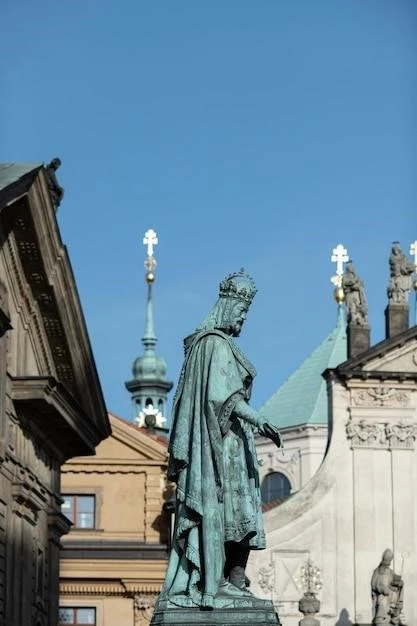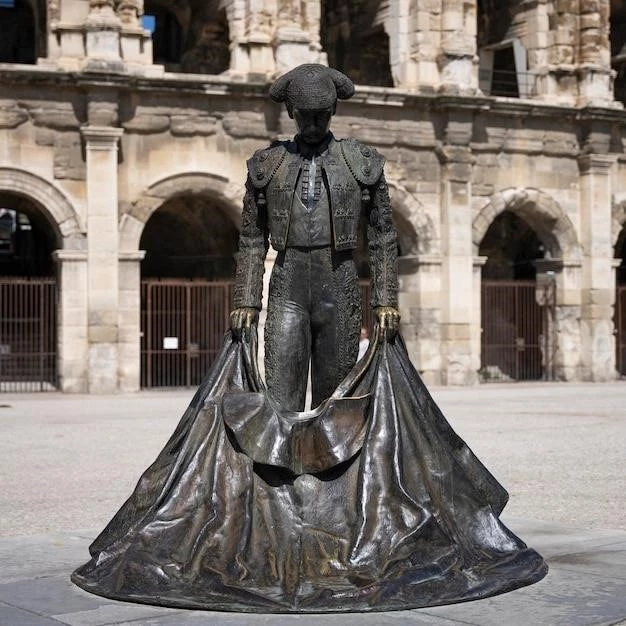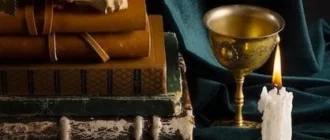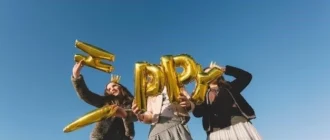The Shroud of Turin: Authentic or Fake?
The Shroud of Turin, a linen cloth bearing the image of a man who appears to have been crucified, has captivated the world for centuries. It has been hailed as the burial cloth of Jesus Christ by some, while others consider it a medieval forgery. The debate surrounding its authenticity has raged for decades, with both sides presenting compelling arguments and evidence.
Historical Origins
The Shroud’s origins are shrouded in mystery. First mentioned in the 14th century, it was kept in the Cathedral of Turin, Italy. Its early history is unclear, but it was reportedly brought to Europe from Constantinople in the 14th century.

Arguments for Authenticity
Proponents of the Shroud’s authenticity point to several factors:
- Image consistency: The image on the Shroud depicts a man consistent with the biblical descriptions of Jesus. It shows wounds on the hands, feet, and side, as well as a crown of thorns.
- Blood stains: Chemical analysis has revealed the presence of blood on the Shroud. The blood type matches the ABO blood group, which is rare today but was common in the Middle East in ancient times.
- Pollen analysis: Pollen grains from plants found in the Middle East have been identified on the Shroud, suggesting that it originated from that region.
- Carbon dating: While controversial, some scientists argue that the carbon dating results, which date the Shroud to the 13th century٫ are inaccurate due to contamination or other factors.
Arguments for Forgery
Skeptics, however, present compelling arguments against the Shroud’s authenticity:
- Carbon dating: The most widely accepted scientific evidence points to the Shroud being created between 1260 and 1390, long after the time of Jesus.
- Lack of historical documentation: There is no mention of the Shroud in historical records prior to the 14th century.
- Artistic techniques: The image on the Shroud resembles artistic techniques used in medieval Europe, suggesting that it may have been created using paint or other techniques.
- Lack of physical evidence: Despite numerous studies, no conclusive evidence has been found to support the claim that the Shroud is the burial cloth of Jesus.

The Ongoing Debate
The debate surrounding the Shroud of Turin is likely to continue for many years to come. While scientific evidence seems to point to a medieval origin, the Shroud’s cultural and religious significance remains immense. Some believe it is a powerful symbol of faith, while others see it as a fascinating historical artifact. Regardless of one’s stance, the Shroud of Turin continues to captivate the imagination and spark debate.
In conclusion, the Shroud of Turin remains a mystery, with no definitive proof of its authenticity. While scientific evidence leans toward a medieval origin, the Shroud’s cultural and religious significance continues to be a subject of fascination and debate. The debate is likely to continue, with each side presenting compelling arguments and evidence. Ultimately, the Shroud of Turin will continue to intrigue and inspire, leaving each individual to form their own conclusions.










